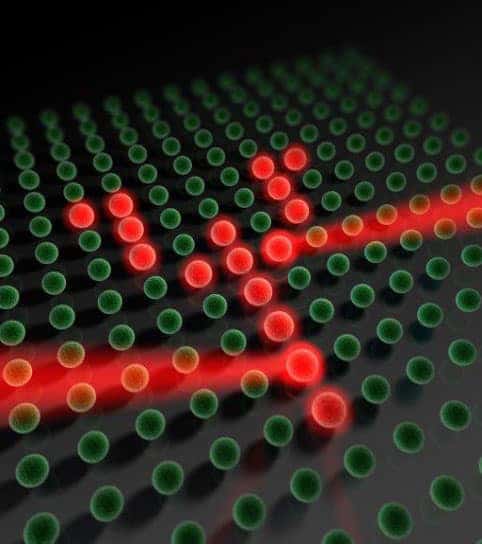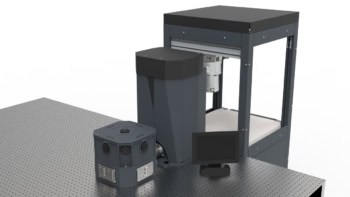
An optical atomic clock that, if left running for the entire life of the universe, would neither gain nor lose more than 100 ms has been created by physicists in the US and Italy. The device has a relative precision of 2.5 x 10-19 – surpassing the 3.5 × 10-19 figure achieved by US members of the team in 2017. It is the most precise optical atomic clock ever made and it vastly outperforms the caesium fountain clocks that act as national time standards, which operate at about 1 × 10-16 relative precision. As well as providing a highly-reliable time standard, the technique used to create the clock could be used to study fundamental physics such as unconventional superconductivity.
The new clock is located at the National Institute of Standards and Technology (NIST) in Boulder, Colorado and uses thousands of strontium atoms confined in a 3D optical lattice. A laser is used to excite an extremely stable, high-frequency transition in the strontium atoms – thereby creating a frequency standard that provides an extremely precise measure of time.
To achieve their record-breaking feat, NIST’s Jun Ye and colleagues had to contend with a number of factors that tend to degrade clock performance. Interactions between atoms, which have a negative effect on the quantum coherence of the clock, were suppressed by cooling the atoms to a chilly 15 nK. This allowed the atomic ensemble remain coherent for up to 15 s – which contributed to the record-breaking precision.
Local effects
Errors can also arise because each atom in the lattice exists in a slightly different local environment than its neighbours, and this means that different atoms can have slightly different transition frequencies. The team addressed this problem by combining ultraprecise optical spectroscopy with high spatial resolution imaging to measure the clock frequency at different locations in the lattice. These data were used to create a “frequency map” of the clock that was used to identify and mitigate various sources of frequency irregularity.
The combined measurement technique also allowed the researchers to find the “magic wavelength” of the laser used to create the lattice. Operating the laser at this wavelength eliminates its perturbing effect on the frequency of the atoms, boosting the performance of the clock even further.
Fundamental physics
While the researchers were not able to image individual atoms in the lattice, this could be possible with further improvements. Indeed, single-atom resolution has already been achieved by others under different experimental conditions. The ability to make extremely sensitive measurements on individual atoms at lattice sites could be used to study a range of fundamental phenomena in physics. In the future, the team intends to us their technique to study few- and many-body physics, quantum magnetism and unconventional superconductivity.

Single spins flipped in optical lattice
Ye and colleagues also want to use their lattice of atoms as gravitational sensor to see the interplay between quantum mechanics and general relativity at the millimetre scale for the first time.
The optical atomic clock is described in Physical Review Letters.



